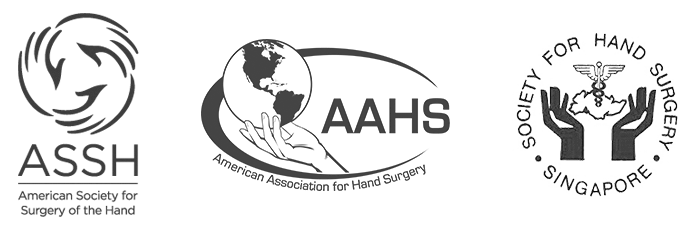Taking The Care of Others’ Hands Into His Own
Dr. Jonathan Lee hopes to invite to his practice surgeons who want to offer more personalised, patient-centric care.
Dr. Jonathan Lee was featured in The Business Times’ “Who’s Who in Healthcare 2019” article published on 10 April 2019. Scroll down to read the full article.
“A HAND is shaped for what it holds or makes,” a Jane Hirshfield poem opens. Indeed, beyond the intricate, complex assembly of many moving parts in each human hand, it is what a hand does — or fails to do — that fills Dr Jonathan Lee’s days as a hand surgeon. “The hand is unique as an or-gan that connects us to the outside world — as a sensory organ, as an organ of work, handling tools, performing tasks, and as an organ of physical and artistic expression,” he says.
A child of two doctors, Dr Lee was especially influenced by his father, a general surgeon who practiced till his last days and had a love for “the art and science of surgery”.
His aptitude for hands-on work made surgery a natural choice. “Even in my early post-graduation days as an intern or houseman, I was always volunteering to be performing procedures — spinal taps, bone marrow biopsies, inserting chest tubes,” he recalls. Dr Lee soon found himself drawn to orthopaedics and plastic surgery, and then, to the unique world of hand surgery.
A unique discipline
“Hand surgery evolved as an interlace specialty that requires both orthopaedic and plastic surgical and microsurgical skill sets,” he ex-plains. Singapore, Finland and Sweden are the only countries where hand surgery is a recognised specialty with its own specialist accreditation board and training programme.
That training was eye-opening. “From manual workers with hand injuries and amputations from industrial accidents, to children with congenital deformities or playground injuries, from young individuals with sports injuries, to executives with overuse injuries such as nerve compression syndromes, and the elderly with osteoarthritis of the joints, or falls resulting in fractures . . . we were exposed to a large spectrum of society and conditions,” says Dr Lee.
The range of cases he sees today as an experienced hand surgeon is no narrower. Patients who shave off fingertips slicing onions or stab their palms pitting avocados sustain tendon, nerve or blood vessel injuries that might need repair under a microscope. Then, there are more serious amputations of fingers or hands that demand long hours of complex, reconstructive surgery.
Often, patients are not prepared for the disability involved when a hand can no longer perform everyday tasks such as cleaning, feeding or driving. It is what makes the work of restoring a hand's form and function so rewarding, says Dr Lee.
That need not always mean surgery—the goal is to restore function in the way best suited to each patient. He remembers one elderly patient who loved bird-watching but could no longer hold bin-oculars due to painful basal joint arthritis of her joints. She was fearful of surgery, so Dr Lee chose instead to prescribe lifestyle adjustments and custom-made thermoplastic splints that allowed her to pursue her beloved hobby for many more years.
Photo by Business Times’ Yen Meng Jiin
““I’ve had The opportunity to treat my neighbours, the local business owners, and a wide spectrum of residents from local hawkers to expat children. And that has helped anchor me emotionally to the community.””
But surgery is the right option for others, such as one active senior patient who loved motorbiking holidays overseas. Progressive wrist arthritis from an old ligament tear meant that he needed re-constructive surgery that could alleviate his pain yet still allow enough wrist movement to turn a bike's throttle.
“The surgery is only half the battle. Good surgery provides the stability that allows us to commence rehabilitation early and get those parts moving again, and that rehabilitation programme is so critical to getting a good final result,” says Dr Lee.
This is where a doctor's experience really counts, and goes beyond his wielding of surgical tools. “Technology has definitely changed the face of hand surgery in the past few decades,” he says. Improved implant technology — thinner, stronger plates and more stable screws — have meant more reliable treatment of fractures and less invasive surgeries.
Visualisation using joint scopes known as arthroscopes is also changing the way wrist injuries are diagnosed and treated, while the use of endoscopes to perform carpal tunnel release has meant less discomfort and shorter recovery times too.
Still, the majority of hand, wrist and upper limb injuries and conditions are a result of structural and mechanical damage. 'There is not going to be a magic pill that will cure these conditions. Their treatment will continue to require intervention by a skilled surgeon, and this discipline is still very much dependent on the acquired skills and experience of surgeons trained in years of apprenticeship.”
In fact, the mentors who shared those critical skills and a pas-sion for the discipline with him, were a key reason Dr Lee chose to specialise in hand surgery and join the supportive, collegial hand surgery community in Singapore.
The personal touch
He went into private practice 12 years ago, setting up the Dr Jonathan Lee Hand Wrist and Upper Limb Surgery with the goal of providing more patient-centric care. “Being in private practice allows our staff to be far more responsive to changes and individual patient needs than we would have been able to in a bigger corporate-based structure.”
He believes patients appreciate that personalised contact. “We understand that going to a doctor, much less contemplating surgery and then having to deal with all the reimbursement administration, can be an anxiety-ridden and daunting experience,” he says. So, his “small family” of eight staff at the clinic advocates a strong culture of anticipating patient needs and providing constant support.
This has also shaped his choice of the two locations his clinic has been operating out of since 2007. The Parkway East Medical Centre outlet allows Dr Lee, who lives in the East, to serve his local community. “I’ve had the opportunity to treat my neighbours, the local business owners, and a wide spectrum of residents from local hawkers to expat children. And that has helped anchor me emotion-ally to the community,” he says.
His clinic also operates out of Mount Elizabeth Medical Centre along Orchard Road, a space that he shared with his father until he retired. Here, Dr Lee sees a very different group of patients — corporate executives working in town and patients from abroad. He appreciates the wide demographic the two clinics allow him to reach. “Local neighbourhood patients may need immediate emergency care, while regional patients often come for chronic long-standing disabilities, or need expert opinion on more complex conditions.”
Over the last decade, Dr Lee’s practice has had to navigate Singapore's competitive private medical landscape. There remain challenges common to all small-to-medium enterprises, rising rentals and difficulties in recruiting staff, he says. But there is also the challenge, specific to the medical sector, of responding to constant changes in regulatory frameworks, the medicolegal climate, and insurance payer arrangements.
Confronting these administrative and operational challenges, his practice has developed systems and processes that have fuelled year-on-year growth, Dr Lee says. This will be key in the near future as he seeks to expand the practice. “This operational experience, I believe, will be a huge asset to us as we invite clinical associates to join the practice in the net few years.”
Industry experience, a willing mentor and a service-led practice culture are things he hopes will draw new colleagues looking to practice medicine in a more personalised and intimate way. For that, to Dr Lee, is at the core of the work he does.















